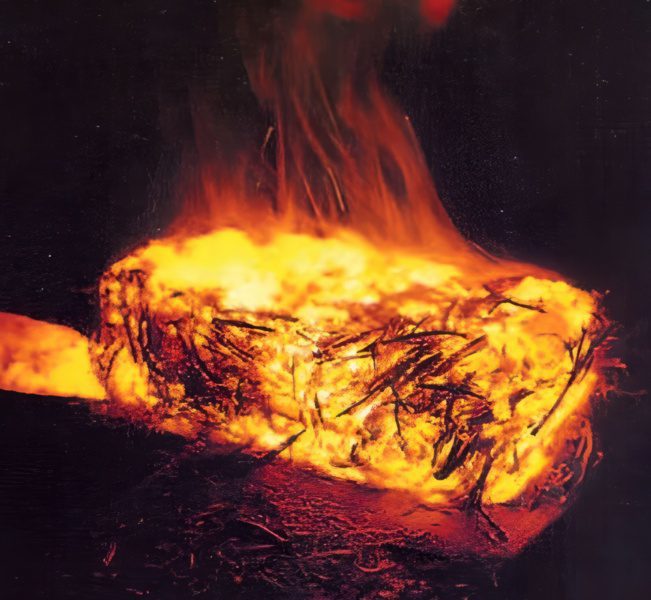How Many Folds are in a Katana: Truth Vs. Myth

What’s in this article?
The Katana is one of the most idealized swords in the world due to its folding technique. Believed to have over 1000 folds, this samurai sword is thought to be indestructible. However, this is quite inaccurate. In this article, we bust the myths surrounding the folding technique, explain what blade folding is, delve into the actual number of folds in a katana, and if it makes it stronger.
What is Blade Folding?

Blade folding is a swordsmithing technique used to fold carbon steel after it has been forged, welded, and then folded again. This continuous folding process is repeated multiple times until one achieves the desired shape and strength of the blade.
Looking back at history, Japanese swords were folded as the Japanese archipelago did not have the resources required to create high-quality steel blades. Swordsmiths then began working with an iron sand called satetsu and converted it into Tamahagane steel. This newly created steel does not fully liquify in the traditional tatara furnace causing the resulting steel to have many impurities. This caused the swords to break easily.
That is why the steel had to be folded repeatedly until the impurities and air bubbles could be removed. The folding process also adjusts the carbon content of the steel to a level that is workable. Additionally, although blade folding adds extra lamination layers which contributes to the unique design of the blade, it does not really make it stronger.
How Many Folds Does a Katana Sword Have?
| Number of Foldings | Steel Shock & Strength Value | Remarks and Results |
|---|---|---|
| Unfolded | 2.42 | Regular Katana steel blade that is unfolded |
| Folded Once – folded in half | 4.88 | Dramatically improved the toughness impact value |
| Folded Twice – folded in half the same as before | 5.07 | Blade strength improved only slightly |
| Folded Three and More Times | 2.42 | Returned to the original strength. The toughness does not increase by further folding |
A traditionally created Katana sword is folded and will have anywhere from 8 to 15 folds. In this process the carbon is adjusted to the right level and the impurities removed. Each fold gives the Katana blade layers called jihada which are visible and are unique to the sword. However, it does not toughen the blade as commonly believed.
The number of layers increases with each fold in a pattern similar to this one – one fold makes 2 layers, two folds makes 4, and by 10 folds, the blade will have 1024 layers. If the blade is folded 16 times, it will have a total of 65 thousand layers. Note that It is not advisable to fold a Katana more than 15 times.
Folding a blade requires much expertise and care. While it adds a unique element to the blade’s creation, the most important factor is not the number of folds, but the quality of steel and the experience of the swordsmith.
Will More Folds Result in a Stronger Katana Sword?

Many have tested the theory of blade folding improving the strength of the blade. Time and again, they reach a verdict that the strength of the Katana blade is not influenced by the number of folds.
Based on the table above, the blade returns to its original strength and shock value after the third fold. One of the best-documented tests is from Fukunaga Suiken who tested Katanas (presented in the chart) with differentially folded blades by dropping weights on the blades.
Today, the misconception of “the more folds, the stronger the blade” is still alive because it is a marketing technique. It is important to understand that the Katana is not folded 1024 times, but instead has 1024 layers after folding it 10 times. In fact, more folded layers will result in weaker blades. Even if a blade with no impurities is folded, it will result in the creation of a weaker blade.
Instead, modern mono-steel Katana swords that are not folded are stronger and more durable. However, the folding process is still a requirement of traditional and “real” Katana blades to preserve the historical swordsmithing skills as well as to respect the sword’s culture and the art of its swordsmiths.




